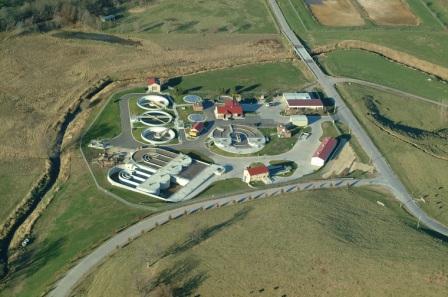
Wastewater reclamation plant in Lansing, KS // Source: lansing.ks.us
submitted by Samuel Bendett
Homeland Security News Wire - August 10, 2012
Parched cities and regions across the globe are using sewage effluent and other wastewater in creative ways to augment drinking water, but four billion people still do not have adequate supplies, and that number will rise in coming decades
Wildlife, rivers, and ecosystems are also being decimated by the ceaseless quest for new water and disposal of waste. Changing human behavior and redoubling use of alternatives are critical to breaking that cycle.
Those are the conclusions of a sweeping review in a special 10 August issue of the journal Science.
(READ COMPLETE ARTICLE)
Problem, Solution, SitRep, or ?:
Recent Comments